Inverness: Highland Capital of History, Culture, and Community
In August 2019, I arrived in Inverness—the northernmost city in the United Kingdom and the beating heart of the Scottish Highlands. Nestled at the mouth of the River Ness where it flows into the Beauly Firth, Inverness is more than a scenic stop on the way to Loch Ness. It’s a city steeped in ancient lore, clan legacy, and pivotal moments that shaped Scotland’s identity.
🏞️ A City at the Crossroads of Time
Inverness, meaning “mouth of the River Ness” in Gaelic (Inbhir Nis), has been a strategic settlement for millennia. Archaeological digs at Knocknagael Farm and other sites reveal human activity dating back to at least 6500 BC, with evidence of Neolithic trade routes reaching as far as Yorkshire. By the 6th century AD, Inverness was a self-governing settlement, and King David I granted it a Royal Charter around 1160.
Its location within the Great Glen made it a natural hub for trade, defense, and travel. The River Ness provided fresh water and salmon, while the Moray Firth opened up sea routes for commerce and communication. Inverness became a crossroads for Highland clans, merchants, and pilgrims.
🛡️ Pictish Kings and Saintly Visitors
One of the earliest known rulers of Inverness was King Brude, a powerful Pictish king who ruled from the hillfort at Craig Phadraig just west of the city. Around 565 AD, he was famously visited by St. Columba, the Irish missionary who brought Christianity to Scotland. Their meeting marked a turning point in the region’s spiritual and political history.
The Picts, known for their carved symbol stones and resistance to Roman conquest, left behind a legacy of artistry and independence. Inverness was their capital, and the surrounding area still holds remnants of their forts and burial sites.
⚔️ Culloden and the End of the Highland Clans
Just east of Inverness lies Culloden Moor, the site of the infamous Battle of Culloden in 1746. This was the final confrontation of the Jacobite Rising, where Bonnie Prince Charlie’s forces were crushed by the British army. The defeat marked the end of the clan system and the beginning of the Highland Clearances—a period of forced evictions that reshaped the Highlands forever.
Culloden Battlefield is now a solemn memorial and visitor center, where you can walk the windswept moor and see the clan markers that honor those who fell. It’s a place of reflection and remembrance, deeply woven into Scotland’s national story.
🏘️ Surrounding Communities: Culture and Connection
Inverness is surrounded by vibrant communities, each with its own character and history:
- Beauly: A charming village west of Inverness, known for its ruined priory and strong ties to Clan Fraser. The Beauly Firth offers stunning views and peaceful walks.
- Dingwall: Once the seat of the Earls of Ross, Dingwall has Viking roots and a rich medieval past. It’s now a lively market town with a strong sense of heritage.
- Nairn: A seaside town east of Inverness, famous for its beaches and Victorian architecture. It was once a popular holiday destination for Scottish nobility.
- Drumnadrochit: South of Inverness on the shores of Loch Ness, this village is the gateway to Urquhart Castle and the legend of the Loch Ness Monster.
- Fortrose and Rosemarkie: Located on the Black Isle, these twin villages boast Pictish stones, cathedral ruins, and dolphin-watching at Chanonry Point.
These communities form a cultural constellation around Inverness, each contributing to the region’s identity and charm.
🏰 Clans of Inverness-shire
Inverness-shire has long been home to influential clans, including:
- Clan Mackintosh: A powerful clan with roots in the area around Moy and Inverness. They were key players in the Jacobite uprisings.
- Clan Fraser of Lovat: Based near Beauly, the Frasers were known for their military prowess and political influence.
- Clan MacKenzie: Dominant in Ross-shire and Inverness-shire, the MacKenzies were staunch royalists and landowners.
- Clan Macrae: Allied with the MacKenzies, they served as hereditary constables of Eilean Donan Castle.
- Local clans: Including the MacLean of Dochgarroch, Shaw of Essich, and Forbes of Culloden.
These clans shaped the region’s politics, land ownership, and cultural traditions. Their legacy lives on in tartans, castles, and family names.
🏙️ Modern Inverness: Growth and Identity
Today, Inverness is one of Europe’s fastest-growing cities, with a population of over 63,000. It’s a center for education, healthcare, and tourism, with a thriving arts scene and a strong Gaelic revival movement. The city blends old and new—Victorian architecture alongside modern developments, ancient traditions alongside global influences.
Inverness Castle, perched above the River Ness, now houses law courts but remains a symbol of the city’s resilience. The city hosts festivals, Highland Games, and cultural events that celebrate its rich heritage.
Final Thoughts
Inverness is more than a gateway to the Highlands—it’s a living archive of Scotland’s past and a beacon for its future. From Pictish kings to Jacobite warriors, from ancient forts to modern bridges, the city tells a story of survival, transformation, and pride.
If you’re exploring Scotland, make time for Inverness and its surrounding communities. Walk the moors of Culloden, trace the River Ness to Loch Ness, and listen to the echoes of history in every stone.
Sources:
Inverness – Wikipedia
History of Inverness – HistoryRise
Inverness – Britannica
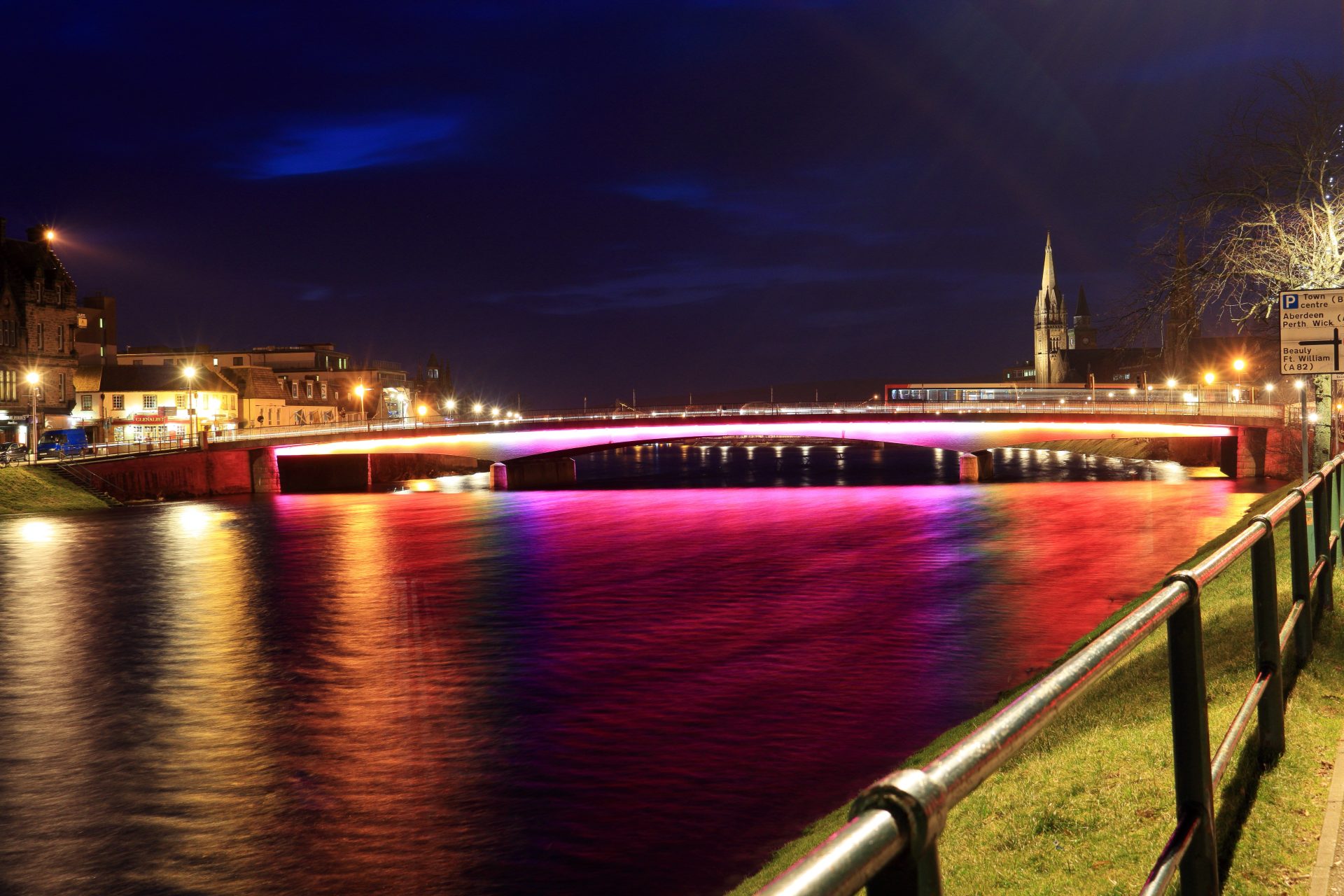
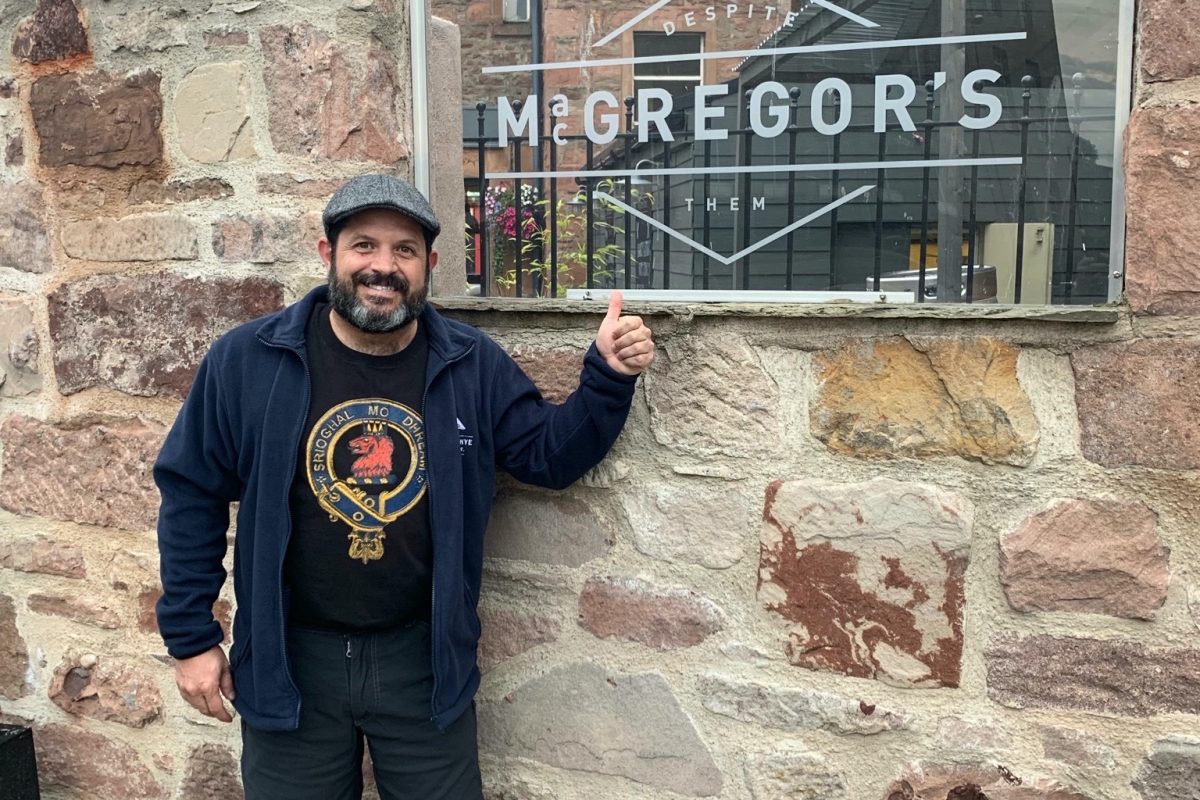
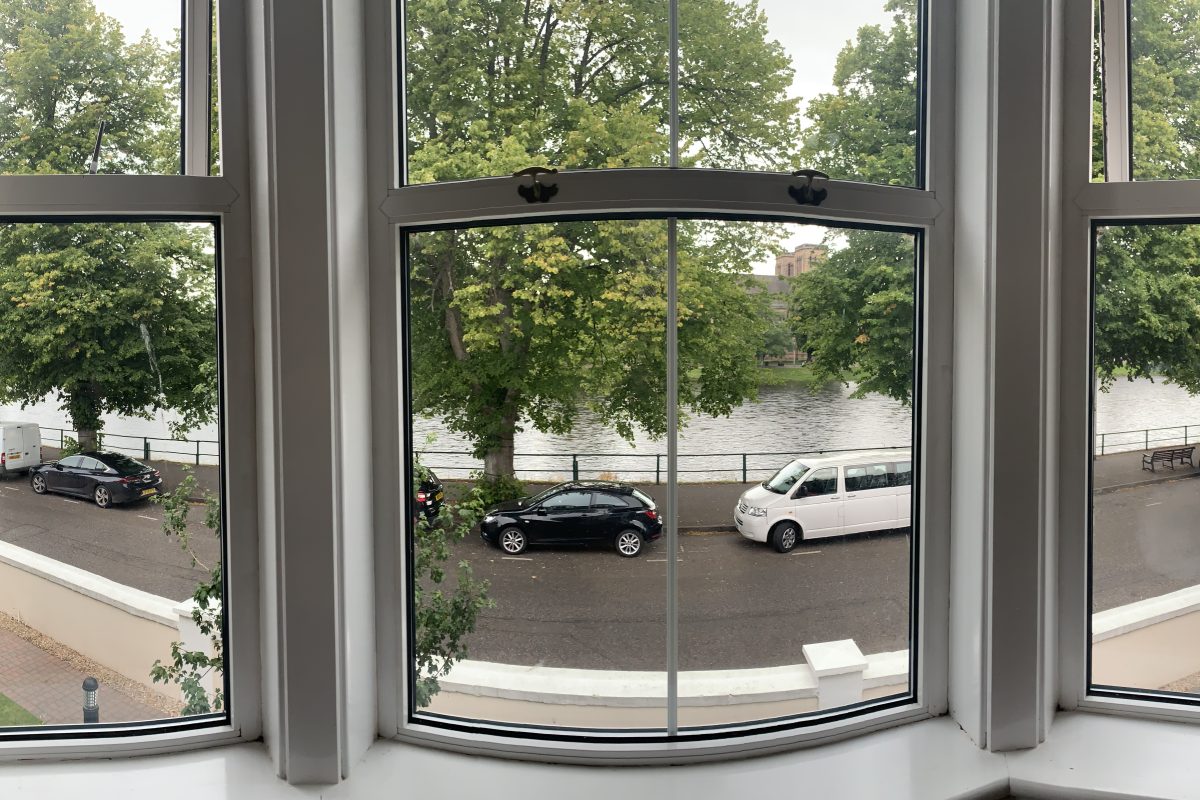
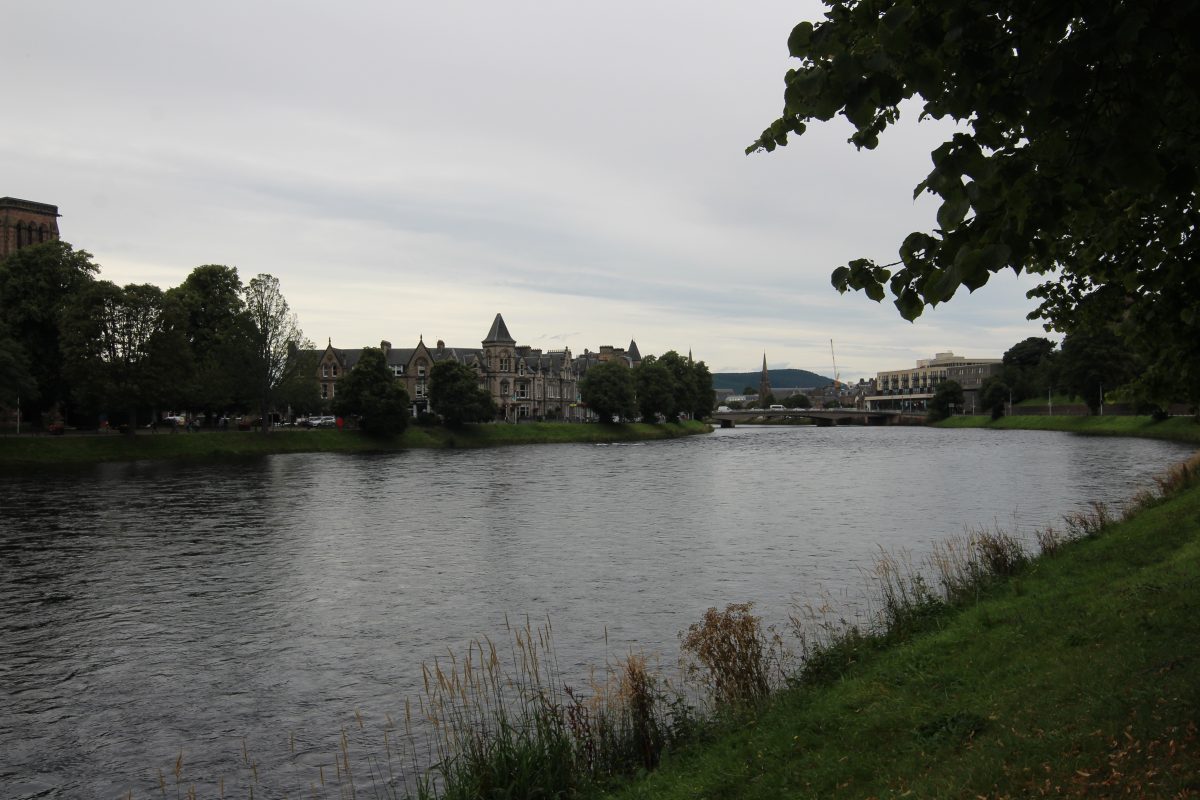
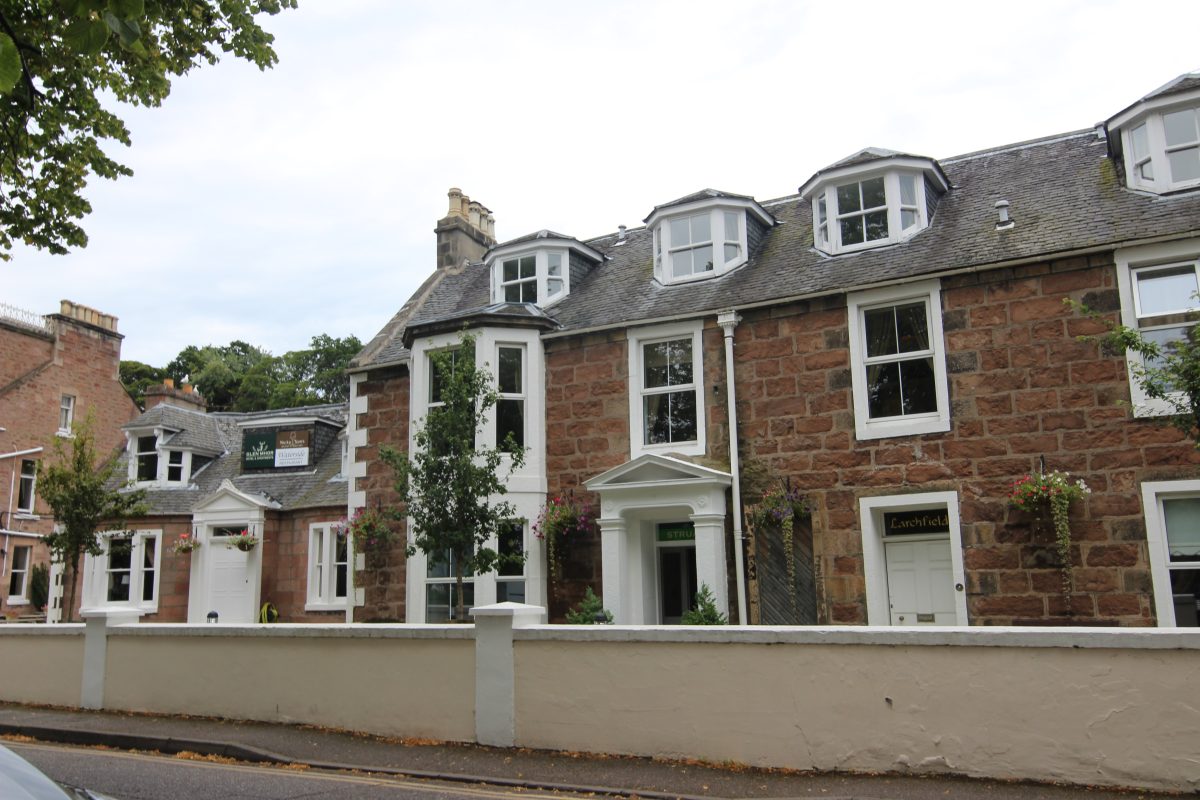
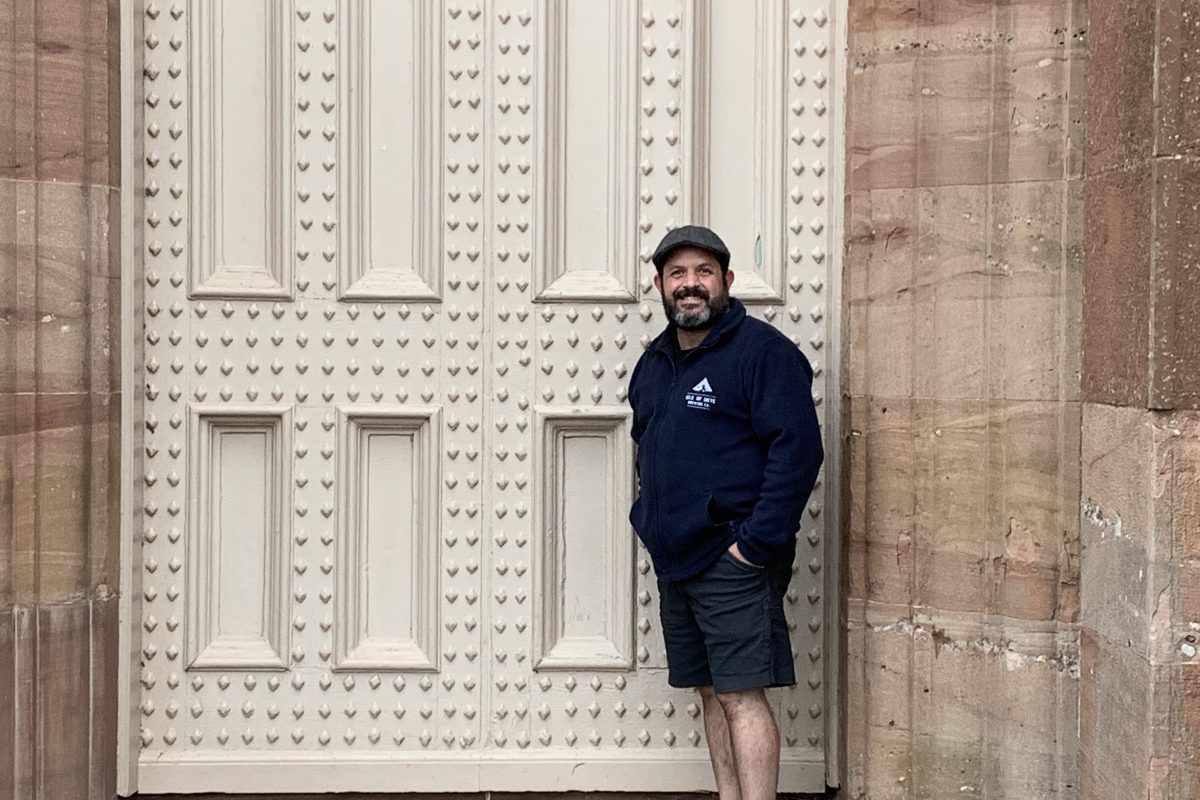
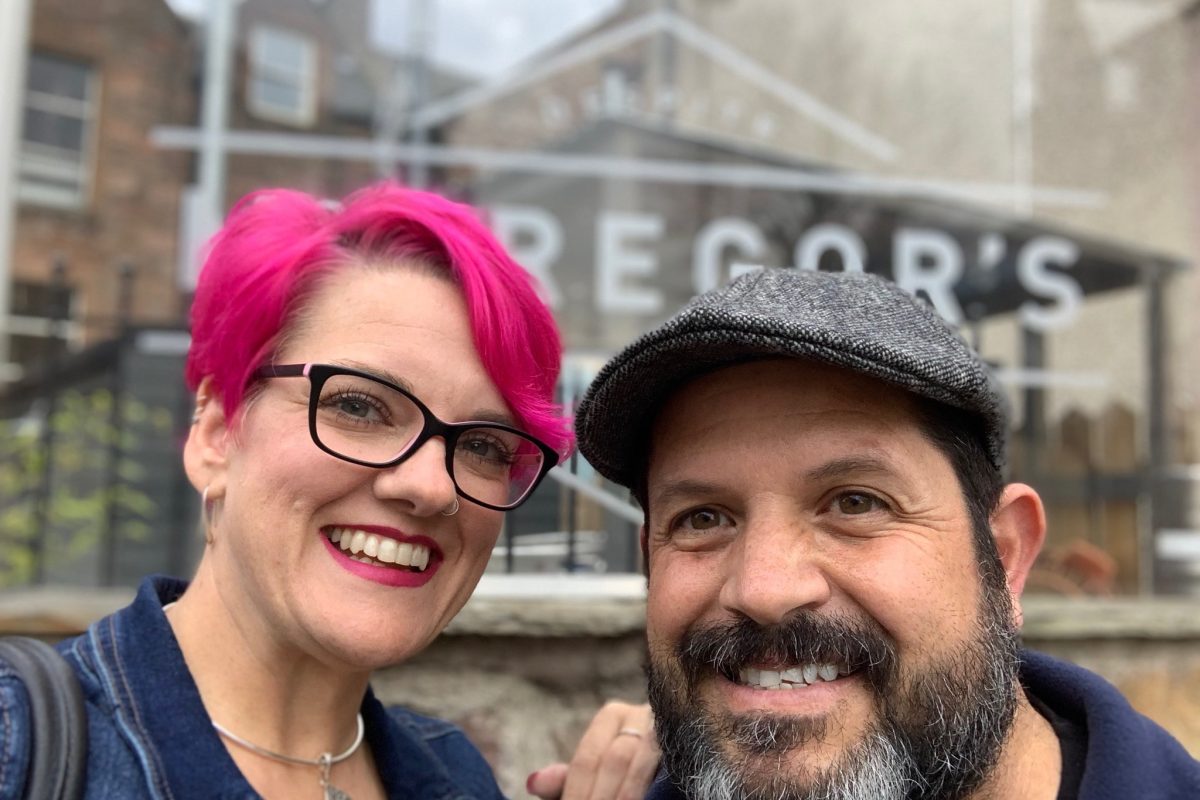
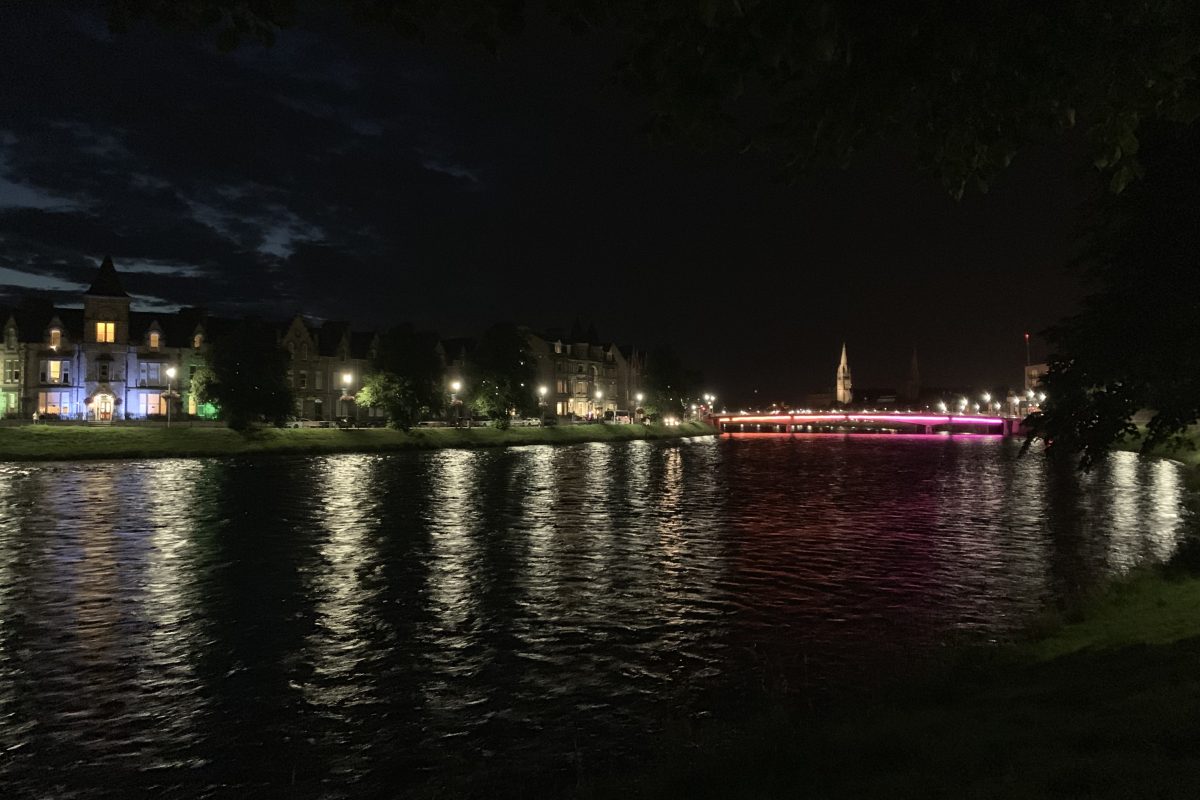
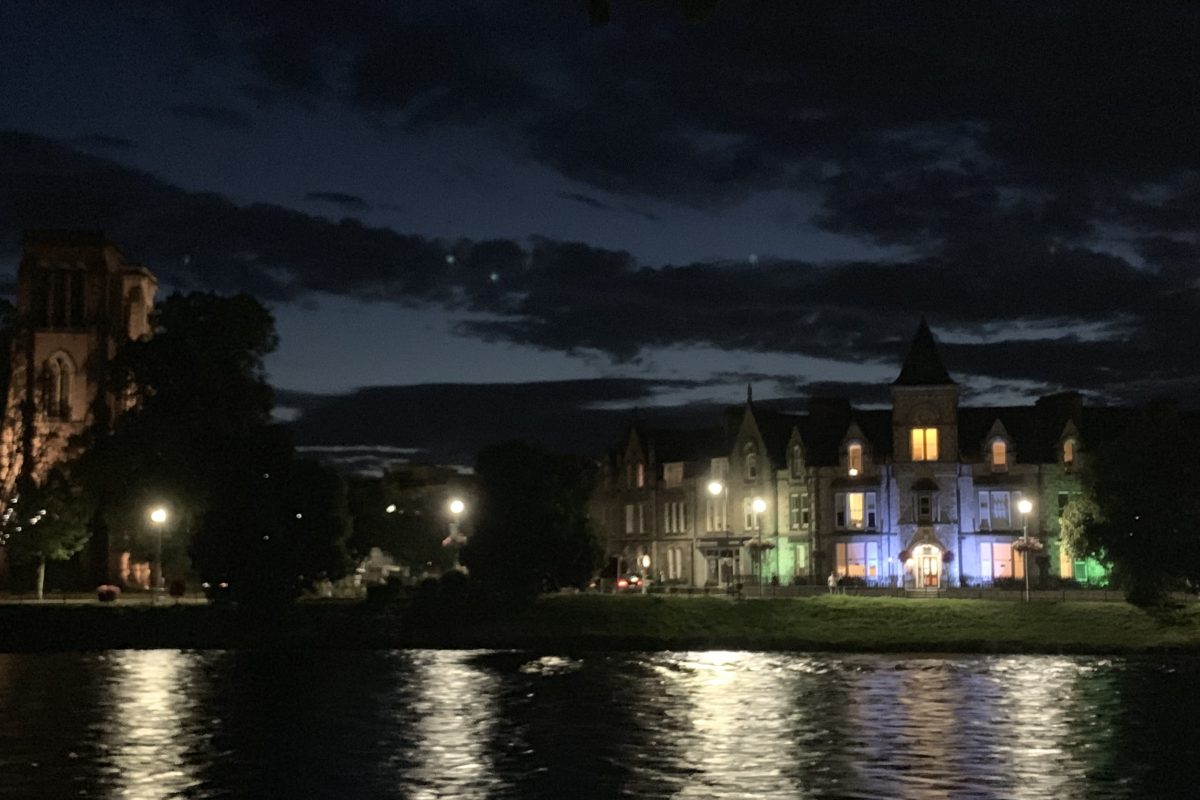
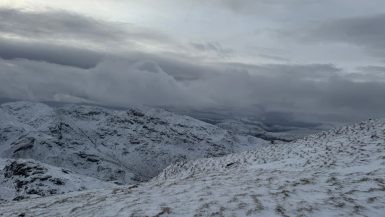
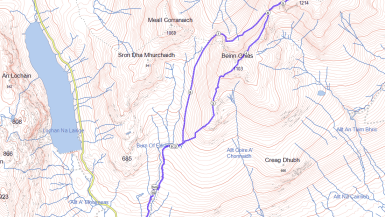
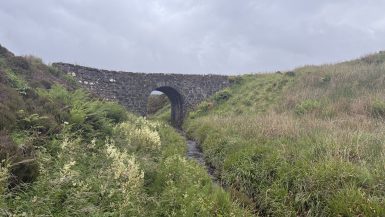
Leave a reply
You must be logged in to post a comment.